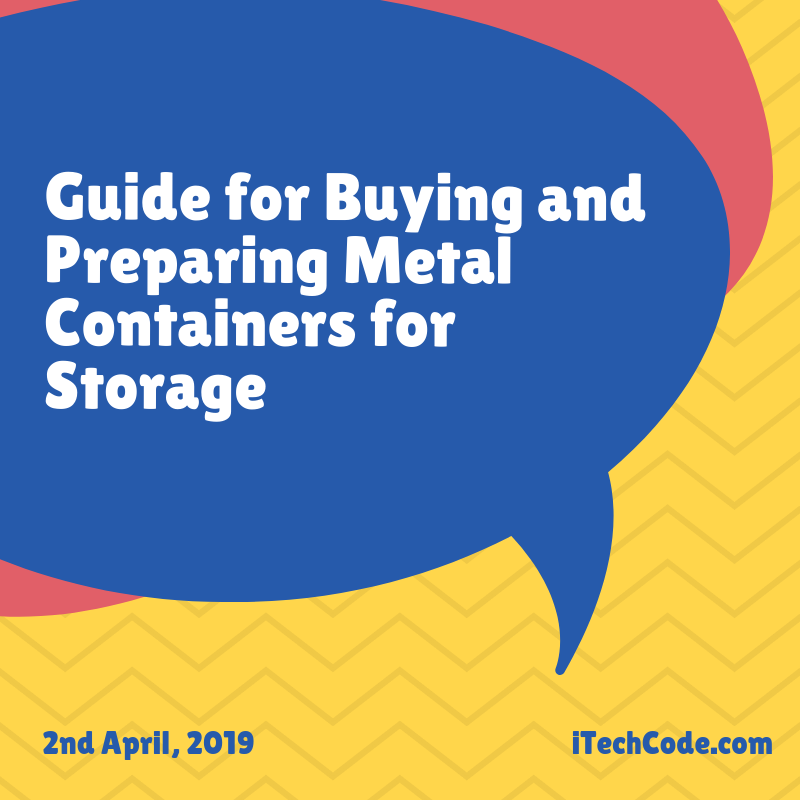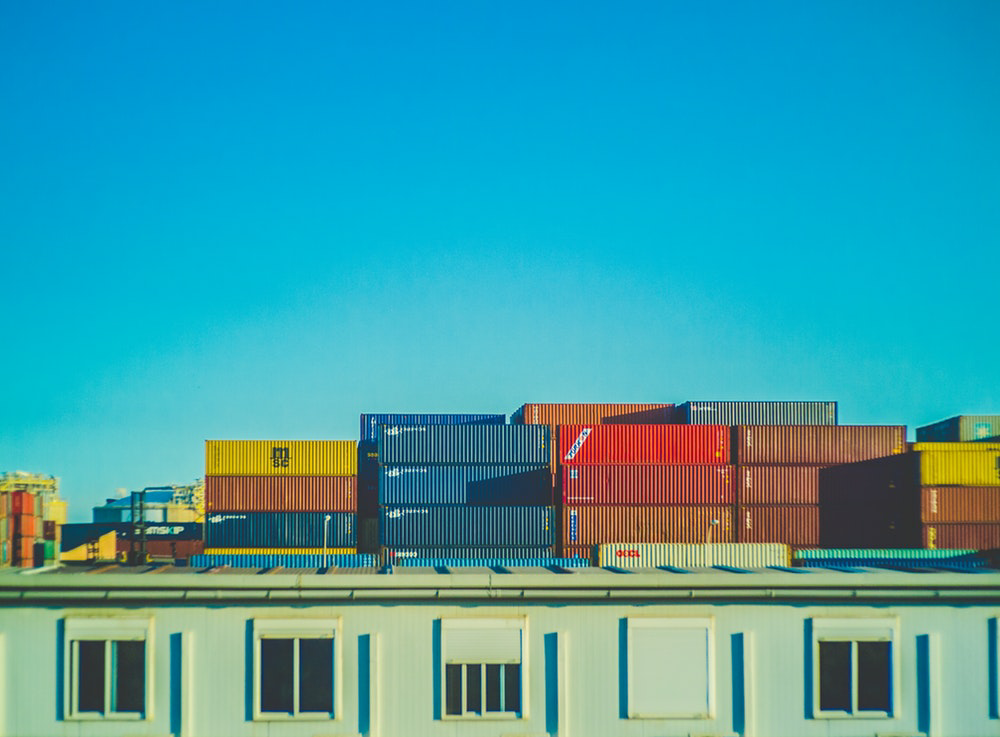Whether you are moving or renovating your home or office complex and you are in need of temporary or permanent storage solution, a metal shipping container is suitable for the job. Shipping containers are readily available and are relatively cheaper as a form of additional or permanent storage for a wide range of items. However, due to weather elements and other factors, it is important to get the container properly set up and prepare before using it for storage. Not doing this can cause damage to the items you store in the container in the long run. Learn more here about how to properly do this.

Here is a detailed guide on choosing the right metal container for storage and how the steps to take to ensure that the items you store are kept in good condition.

Step one: buy a used container
It is unlikely that you will want to buy a brand new container just to store some items. Not only is it more expensive, but it is also unnecessary. A used container cheaper and should achieve the desired purpose just as great.
However, it is important that you assess the condition of the container before making a purchase. This isn’t to say that the container you are buying must be in impeccable or perfect condition. Little damages like rusts, gaps, and leaks are still permissible as long as they can be fixed. The purpose of your inspection is to find a container that has minimal damage and also to identify the damaged areas and fix them.
The container your purchase at the end of the day should be able to protect your stored goods or materials from weather, dirt, and pests once all the little damaged areas have been fixed. This means having as little damage as possible will save you extra costs and reduces the potential for more damages. Read more about buying used shipping containers here.
Step 2: Prepare the site
When preparing metal containers for storage, the site where you will place the container is just as important as the container itself. First, it is important that you carefully select a site that will be getting as little bombardment from weather and other possibly destructive elements as possible. Factors to consider include good drainage that will ensure water flows away from the container, finding a site not close to rivers, lakes or anywhere else that is prone to flooding, clearing off vegetation and ridding the area of pests.
Typically, it is best to have the site paved if your budget allows for that. The container itself should be placed on raised piers or bricks. Placing the container on the ground will hinder airflow. It will also expose the container and its content to rodents and other pest crawlers. As an additional precaution, you can fence the area around the container with a mesh to keep pests out.
Step 3: Installing the container
When the container finally arrives on-site, correctly positioning it is important for keeping the content intact. It should be properly oriented in such a way that the entrance is placed to face away from the direction of the sun, prevalent wind direction, and other weather elements.
Another way to safeguard your storage container is to build vents into the container to ensure air circulation. You can also install a tiled flat roof on top of the container. This help to ensure that rainwater runs off the top of the container quickly. This rood should be installed in such a way that it extends from all the sides of the container allowing water to run off as far away as possible from it. You can also coat the walls and the roof of the container with an insulating material for added protection. Click here for some tips for building shipping containers homes. https://interestingengineering.com/32-great-tips-for-building-shipping-container-homes
Step 4: Getting the interior ready
The interior of the container is just as important as the exterior. Some basic electrical fixture can be wired into your container as they might help protect its content from getting spoilt. Generally, containers shut sunlight off completely which means you might need to install some LED lights. You can also install small dehumidifiers in the container to keep humidity levels in check. If you are living in particularly cold climates, you might also need heaters, especially during the cold winter months. Low temperatures, humid air, and other abnormal conditions can cause damage to sensitive materials
Depending on how important the items you store within the containers are, you might want to keep complete tabs on the internal condition of the container. You can make use of portable electronic data loggers for this or thermohygrographs.
Stacking your items on top of each other can cause damage. Instead, you should build racks or shelves within the container to hold its content. However, if in any case, you have to stack boxes of items, then you should place thick cardboard between the layers. This will distribute the weight evenly. However, stacking your boxes aren’t recommended especially when you are dealing with delicate items. Also, if you will be accessing some items regularly, the arrangement of the boxes is important especially if you will be bringing some items out more often than others.
As a final rule during storage, ensure that you inspect every item that is brought into the container. Pest or mold invested boxes can quickly spread and affect all the other boxes enclosed together with them in the container. To keep insects and rodents in check you can put traps and baits in the container but this should be checked regularly for replacement and removal.
Conclusion
Metal containers work great as storage space in a wide range of scenarios. They are cheap and effective compared to other methods. However, proper care must be taken when you use them to store items in order to avoid damages. Following these laid down, guidelines will help ensure that the items you are storing remain in pristine conditions, protected from the weather elements, pests and other things that can cause damage.
You can also stay updated by subscribing to iTechCode.